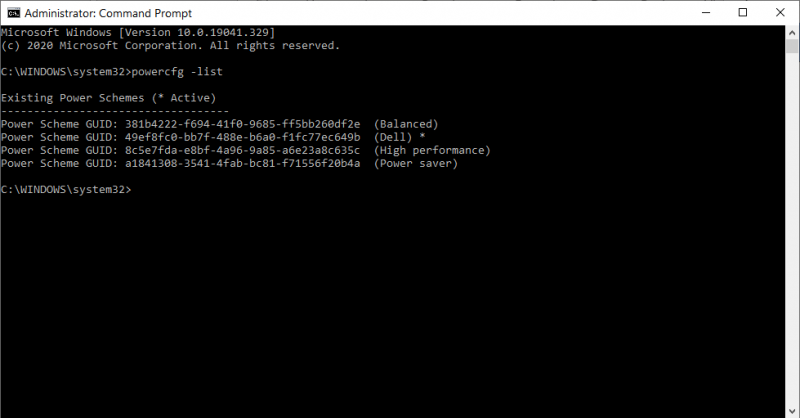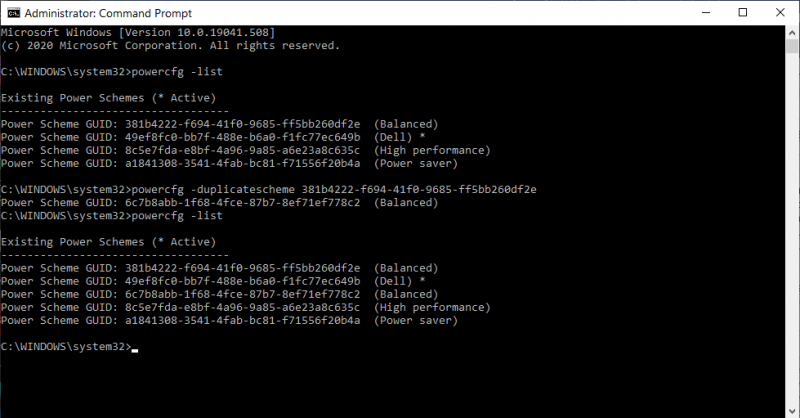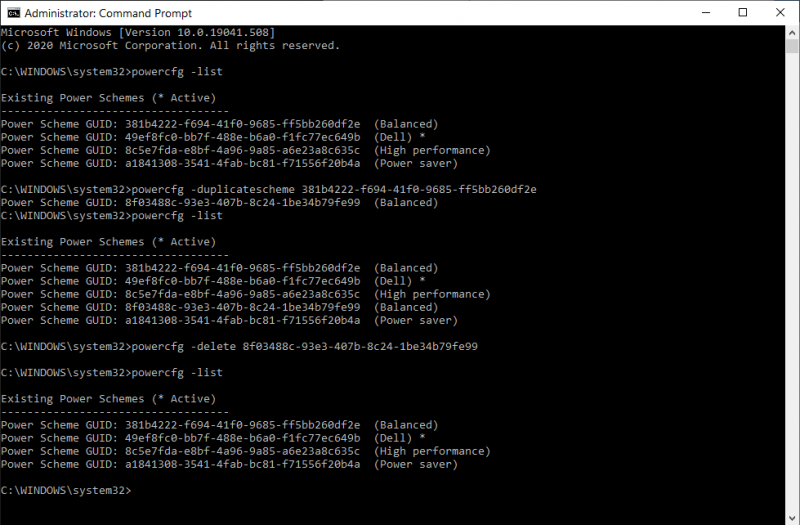As you may know, your computer can run under a variety of different power schemes. A power scheme is a collection of hardware and system settings that manage how your computer uses power. They are typically used the most with laptops, where it's more crucial to trade off between performance and battery preservation. Even a desktop machine can use them, though. There are three schemes that come with Windows by default. They are Balanced, High Performance, and Power Saver, and you can create others if none of these suits you.
There is a command utility in Windows called Powercfg, which provides a great deal of control over your power schemes. (You can use the GUI for much of this functionality, too, but a lot of people prefer using the command line.) Powercfg takes numerous switches to tell it what you want to do regarding your power schemes. To see all of the switches available to Powercfg, invoke it with the "-HELP" (or "-?") switch.
For this tip we want to delete a power scheme. First, we'll get a list of the available power schemes (covered under another tip). (See Figure 1.)

Figure 1. Powercfg -list.
Let's create a new power scheme by duplicating the Balanced scheme (covered under another tip). (See Figure 2.)

Figure 2. Powercfg -duplicatescheme.
We could now rename the newly created Balanced scheme and tweak it to our heart's content. After running with it for a while, we may decide we won't need it anymore, so we want to delete it. The command to do that is "-DELETE" (or "-D"), and you just specify the GUID of the scheme to be deleted: (See Figure 3.)

Figure 3. Powercfg -delete.
![]()
![]()
![]() This tip (13486) applies to Windows 7, 8, and 10.
This tip (13486) applies to Windows 7, 8, and 10.
Windows 10 provides multiple ways to format a USB drive. Discover how to use Disk Manager to easily format a USB drive.
Discover MoreWindows allows you to create custom power management plans. When you no longer need a plan you previously defined, you ...
Discover MoreBluetooth allows electronic devices to connect wirelessly. Discover how easy it is to connect a Bluetooth keyboard to ...
Discover MoreThere are currently no comments for this tip. (Be the first to leave your comment—just use the simple form above!)
Copyright © 2026 Sharon Parq Associates, Inc.
Comments